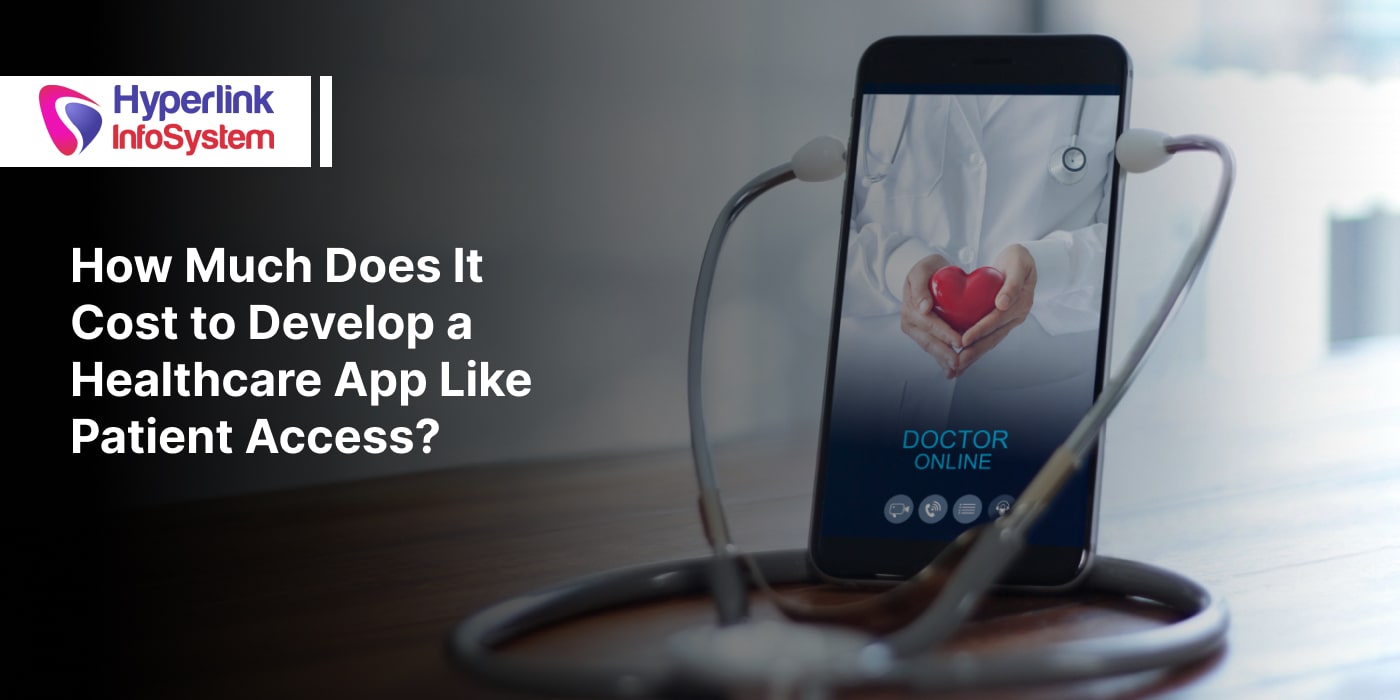Pharmacy management plays a pivotal role in maintaining accurate medication records, streamlining inventory control, and facilitating smooth communication between healthcare professionals. In response to the evolving needs of pharmacies and healthcare providers, the development of robust Pharmacy Management Software (PMS) has become imperative.
This article explores the intricacies of pharmacy management and delves into the key steps and considerations involved in
healthcare app development tailored specifically for pharmacy operations. As the healthcare industry continues to embrace digital transformation, the creation of effective Pharmacy Management Software emerges as a strategic initiative to enhance overall operational efficiency and elevate the standard of patient care.
How PMS Helps the Pharma Industry Reduce Expenses?
Pharmacy Management Software (PMS) stands at the forefront of technological solutions revolutionizing the pharmaceutical business landscape, offering a myriad of benefits, including substantial optimization of expenses. In an industry where precision, efficiency, and compliance are paramount, PMS serves as a strategic tool to streamline operations and cut costs effectively.
The integration of features such as doctor appointment booking not only modernizes operations but also lays the groundwork for sustainable growth and increased profitability within the competitive pharmaceutical market.
Hire software developers to ensure a tailored approach, allowing for the seamless implementation of functionalities like doctor appointment booking, contributing to the overall efficiency and success of pharmaceutical ventures.
Features of a Pharmacy Management System
Patient Data Administration
Efficiently store and manage patient details, including prescriptions, medical history, and contact information, ensuring quick access and accurate record-keeping.
Prescription Management
Streamline the process of prescription creation, modification, and retrieval. Enable electronic prescription processing, reducing manual errors and enhancing prescription accuracy.
Inventory Control
Monitor and manage pharmaceutical inventory, including stock levels, expiration dates, and reordering alerts. Optimize stock levels to minimize wastage and ensure product availability.
Sales and Billing
Facilitate seamless transactions through automated billing processes. Generate invoices, receipts, and manage payment transactions efficiently, reducing manual errors and improving financial tracking.
Supplier and Vendor Management
Maintain a comprehensive database of suppliers and vendors, streamlining the procurement process. Automate order placement, track deliveries, and manage supplier relationships effectively.
Alerts and Reminders
Implement notification systems for prescription refills, stock replenishment, and other critical events. Automated alerts help in proactive management and reduce the risk of oversights.
Reports and Analytics
Generate detailed reports on sales, inventory, and other key metrics. Analytics tools provide insights into business performance, aiding in strategic decision-making.
Multi-Location Support
If applicable, support multiple pharmacy locations seamlessly. Centralized data management and reporting ensure consistency and efficiency across all branches.
Barcode Scanning
Utilize barcode scanning technology for quick and accurate product identification. Enhance efficiency in inventory management and reduce errors in dispensing medications.
Security and Compliance
Implement robust security measures to protect sensitive patient information and ensure compliance with healthcare data regulations. This includes features such as user authentication, access controls, and data encryption.
Integration with Healthcare Systems
Integrate the Pharmacy Management System with other healthcare systems such as Electronic Health Records (EHR) to facilitate seamless information exchange and coordination of patient care.
Training and Support
Include user-friendly interfaces and provide comprehensive training materials to ensure that pharmacy staff can utilize the system effectively. Ongoing support and updates contribute to the system's long-term success.
Steps to Develop Pharmacy Management Software
1) Define Requirements and Scope
It's critical to specify the specifications and scope of your pharmacy management software before beginning development. Talk to pharmacy techs, pharmacists, and other stakeholders to learn about their unique requirements and problems. Identify key features such as inventory management, prescription processing, patient profiles, and reporting.
2) Compliance with Regulations
Healthcare laws and guidelines, such as the Health Insurance Portability and Accountability Act (HIPAA) in the US, must be complied with by pharmacy management software. Throughout the development process, ensuring patient privacy, data security, and regulatory compliance should be given high importance.
3) Designing User Experience (UX) and User Interface (UI)
Design an intuitive and user-friendly interface to facilitate smooth navigation for pharmacy staff. Prioritize the development of features such as easy prescription entry, barcode scanning, and a clear display of patient information. A
well-designed UI/UX can significantly impact user adoption and overall satisfaction.
4) Database Design
To store and handle data effectively, build a strong database structure. If you want to store structured data, think about utilizing a relational database management system (RDBMS). Make sure the database architecture permits easy interface with other systems and scalability.
5) Integrating External Systems
Integration of pharmacy management software with insurance and electronic health record (EHR) systems is a common requirement in the healthcare industry. By
creating APIs (Application Programming Interfaces) that enable integration with external systems, you may guarantee smooth data interchange and compatibility.
6) Prescription Processing
Develop a module for prescription processing that includes features like prescription entry, validation, and dispensing. Implement barcode scanning for accurate and efficient prescription handling. Ensure that the system provides alerts for potential drug interactions and allergies.
7) Inventory Management
Implement a robust inventory management system to track medication stock levels, expiration dates, and reorder points. Features like automatic reorder alerts and supplier management can help streamline the supply chain process.
8) Patient Management
Create a comprehensive patient management module that includes patient profiles, medication history, and prescription tracking. Ensure that the system allows for easy retrieval of patient information and supports personalized medication counseling.
9) Reporting and Analytics
Implement reporting and analytics tools to provide insights into pharmacy performance, inventory turnover, and prescription trends. Customizable reports can assist in decision-making and business optimization.
10) Testing and Quality Assurance
Conduct rigorous testing throughout the development process to identify and address any bugs or issues. Perform functional testing, security testing, and user acceptance testing to ensure the software meets the highest quality standards.
11) Deployment and Training
Once the pharmacy management software is ready, plan a phased deployment to minimize disruptions. Provide comprehensive training to pharmacy staff to ensure a smooth transition to the new system.
12) Maintenance and Updates
Regularly update the software to address emerging security threats, regulatory changes, and user feedback. Establish a maintenance schedule to keep the system running smoothly and efficiently.
Conclusion
Developing pharmacy management software necessitates meticulous planning, close collaboration with stakeholders, and strict adherence to regulatory standards. Hire dedicated developers and keep a keen focus on user needs, compliance, and streamlined functionality, you can craft a system that not only enhances pharmacy operations but also contributes to improved patient care.
























